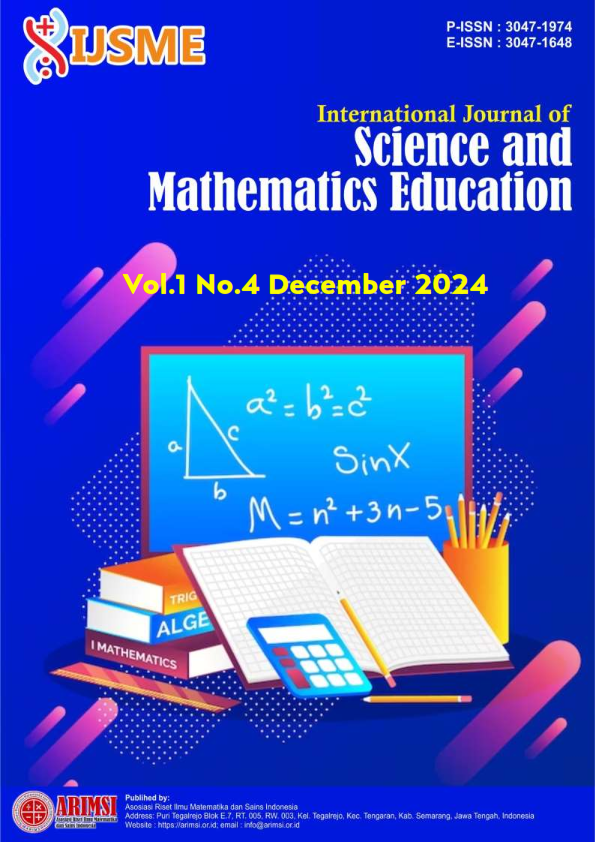Effect of pH on COD Reduction in Biogas Formation
DOI:
https://doi.org/10.62951/ijsme.v1i4.99Keywords:
Biogas, pH, COD ReductionAbstract
Biogas is a mixture of gases formed from the decomposition of organic materials with the help of bacteria through an anaerobic fermentation process (airtight) to produce biogas in the form of methane gas (CH4) that can be managed. In biogas production, pH is one of the factors that affects the production process where an inappropriate pH will cause the performance of microorganisms in degrading organic matter into biogas to be less than optimal. This can be seen from the COD reduction produced, namely COD reduction will increase when operating conditions are at optimal pH, for this reason, conditioning the operating process according to the optimum pH is needed. So that in order to maximize the production of biogas produced, research was conducted to determine the optimum pH in the biogas production process carried out at PT AMP Plantation. In this study, biogas production data was collected so that the optimum pH in the production process carried out was known. From the research that has been carried out, the optimum pH for the biogas production process is 7, which produces the highest COD reduction of 91.78%.
References
Ahmad, AL, Sumathi, S., Hameed, BH 2005. Adsorption of residue oil from palm oil mill effluent using powder and flake chitosan: equilibrium and kinetic studies. WaterRes Volume 39 Pages 2483-2494.
Melisa, Apriyanto, & Mulono. (2020). “Palm Oil Factory Liquid Waste Processing (Case Study at PT. Tri Bakti Sarimas PKS 2 Ibul, Riau) Food Technology Students, Indragiri Islamic University. Journal of Agricultural Technology, 9(2),86 -93.
Nugrahini, P., & Parningotan, R. (2020). THE EFFECT OF NPK ADDITION IN DEGRADATION OF PALM OIL LIQUID WASTE USING ANAEROBIC BAFFLED REACTOR. 8(3). http ://journalbalitbangdalampung.org
Nurhidayat, Achmad. (2013). “The Effect of Volume Fraction on the Manufacture of Waste HDPE Composite-Cantula and Various Types of Adhesives in the Manufacture of Laminate.” Thesis, Sebelas Maret University 1-71.
Rahayu, AS, Karsiwulan, D., Yuwono, H., Trisnawati, I., Mulyasari, S., Rahardjo, S., Hokermin, S., Paramita, V. (2015) POME to Biogas Conversion Guidebook, Project Development in Indonesia. Winrock International.
Simamora, S., Salundik, Sri Wahyuni and Sarajudin. 2006. Making Biogas as a Substitute for Fuel Oil and Gas from Animal Waste. Argomedia Pustaka. Jakarta.
Downloads
Published
How to Cite
Issue
Section
License
Copyright (c) 2024 International Journal of Science and Mathematics Education

This work is licensed under a Creative Commons Attribution-ShareAlike 4.0 International License.





